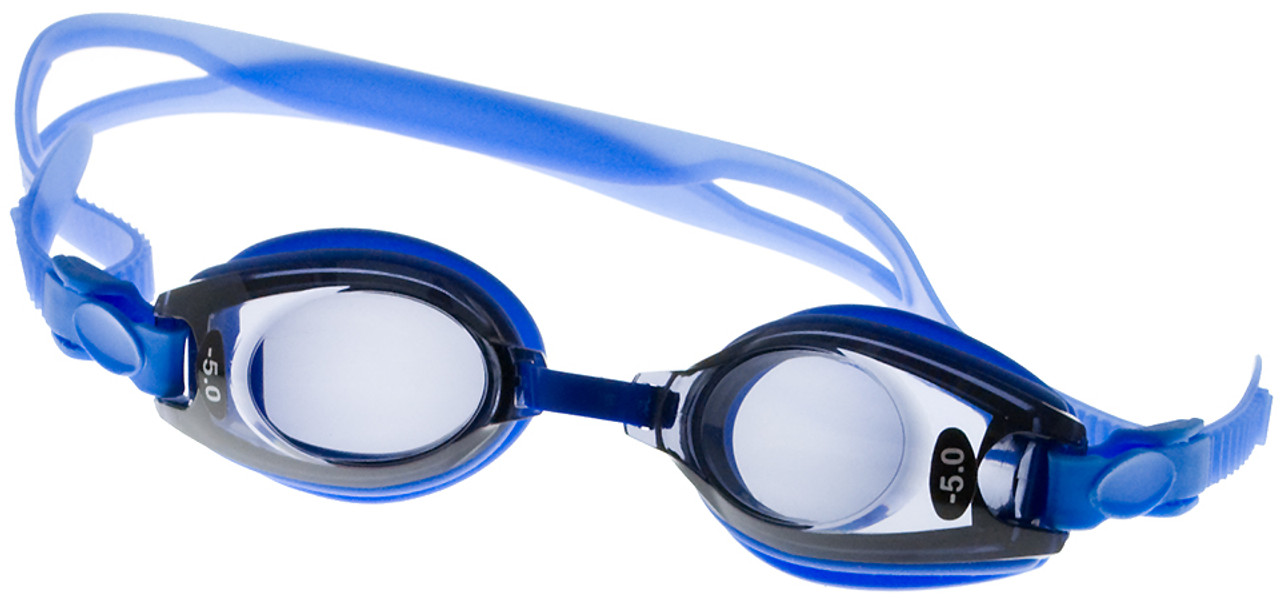What Swim Techniques are the Most Difficult and Exhausting to Learn?
Watching Olympic athletes compete in the pool is one thing. Starting your own training is a task that’s entirely different to tackle.
Those highly seasoned athletes make those maneuvers look almost effortless, which is why so many people want to try them out long after the Olympic torch is extinguished.
A swimmer’s training isn’t ever just as simple as jumping in the pool and swimming. The truth is, the swim strokes being used by swimmers competing both locally and in international events are some of the most challenging swimming techniques you can do.
Keep reading to learn about the three most difficult swimming techniques and the basics of how to learn and perform them.
The Butterfly Stroke is the Most Difficult For Swimmers
Most swimming experts and athletes agree that the butterfly stroke is the most difficult swimming technique to learn. Some triathletes attempt to learn the butterfly stroke and never quite master it entirely.
To successfully do a butterfly stroke, one must kick their legs and move their arms in precisely the right moment in the correct fashion. This movement also engages your abdominal muscles and core, which is hard for even seasoned athletes to accomplish.
Most beginners are pleased with just completing one lap, which is exhausting and a solid accomplishment.
The Breastroke Requires Fluidity in Motion
The next hardest and exhausting swimming technique? The breaststroke. The breaststroke method involves pulling back your arms in a fluid motion, doing a whip kick, and lifting your head for a breath.
If that sounds like a lot happening all at one time, you’re absolutely right. The simultaneous motion is something that a lot of beginners have a problem timing together.
Furthermore, the difference between being underwater one moment and coming up for a breath later can be daunting and make it difficult to see where you’re going—even if you have the best swim goggles possible.
The Backstroke Requires a Coordinated Effort
Finally, there’s the backstroke. This backstroke is complicated because it involves a coordinated effort of laying on your back, belly up while reaching forward.
During this swimming technique, you’ll wind your arms in a windmill-like motion. The backstroke can really take the energy out of even the most seasoned swimmers, especially in the shoulders and triceps.
Furthermore, those who aren’t great at swimming forward will probably feel a little woozy after attempting to make it across the pool in an upside-down and backward fashion. But, this is still one of the more popular techniques swimmers learn, mainly because it requires a lot of training to get the proper coordination and balance.
Prescription Swimming Goggles for Vision Correction
Of course, swimmers who wear glasses know how hard it can be to see across a pool without corrective lenses. That’s why prescription swimming goggles are such a wonderful thing—not only can you see clearly outside the pool, but you can also enjoy that same vision while practicing the three techniques we’ve listed here. To learn more, please check out our entire inventory of made to prescription swim goggles for all age groups on our Goggles N More category page.
Prescription Swim Goggles – Sports Goggles – Ski Goggles
Leader in Prescription Goggles and Glasses
Kids RX Swim Goggles – Adult RX Swim Goggles – Prescription Sports Goggles - RX Ski Goggles

 Canadian Dollar (CAD)
Canadian Dollar (CAD)
 Euro (EUR)
Euro (EUR)
 British Pound (GBP)
British Pound (GBP)








